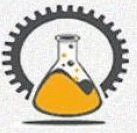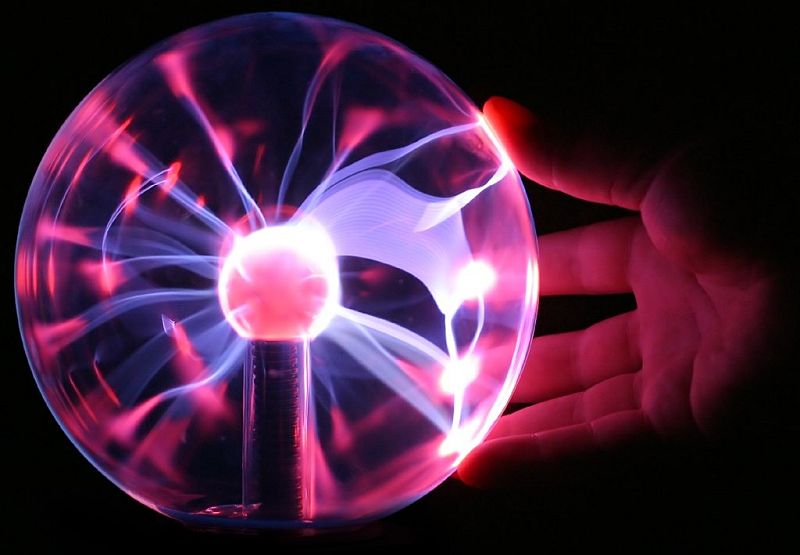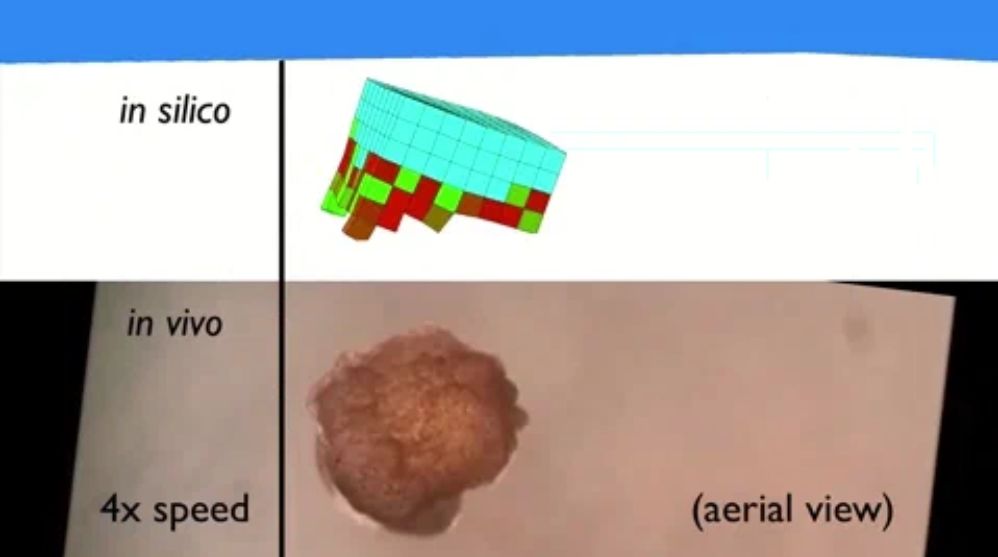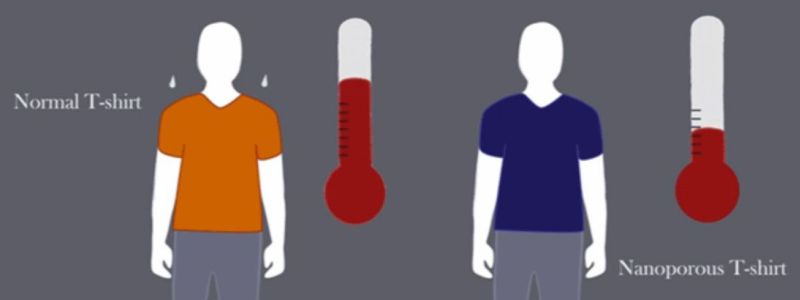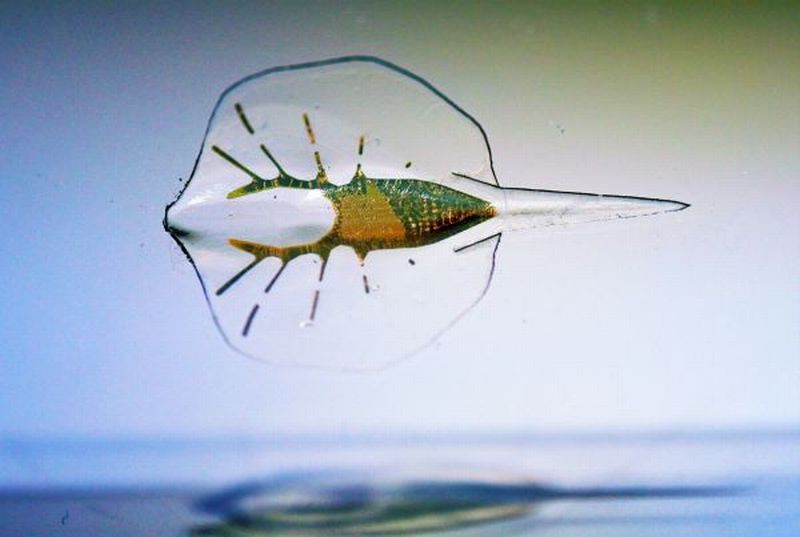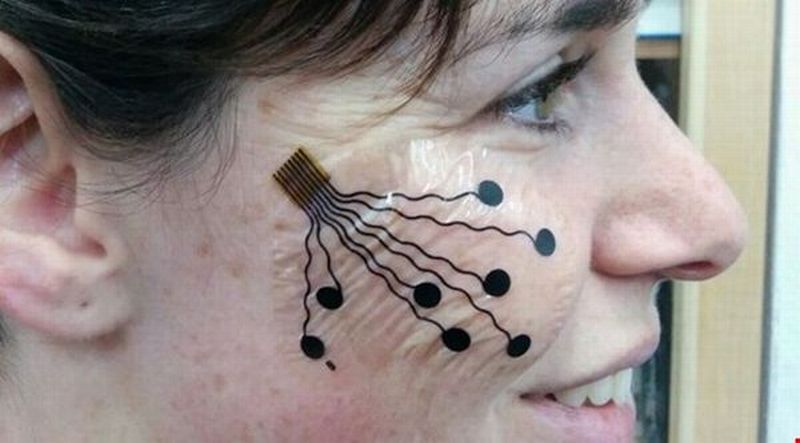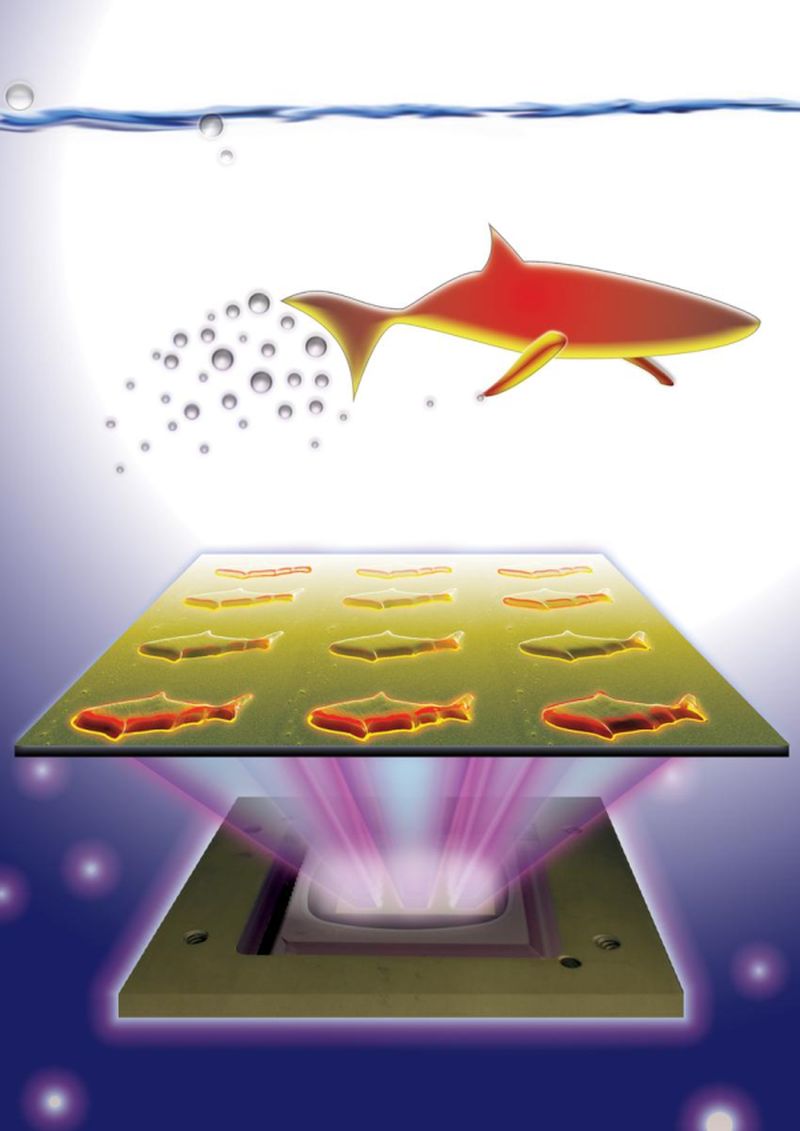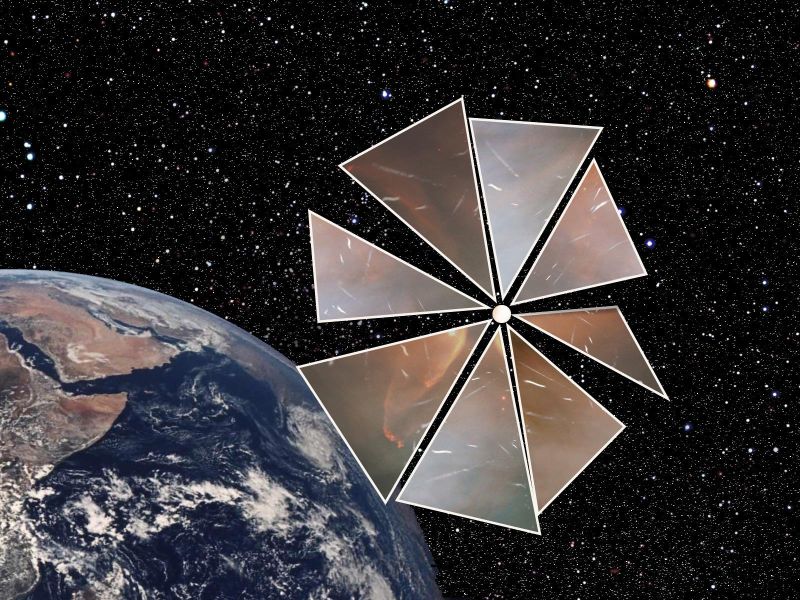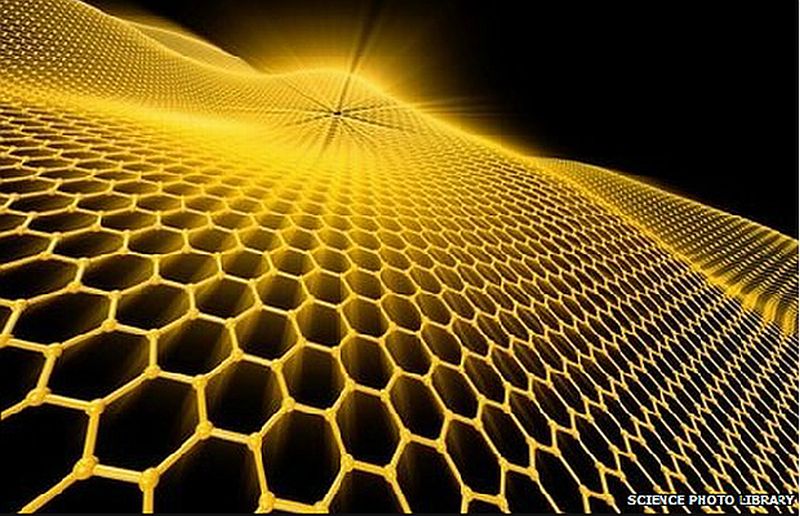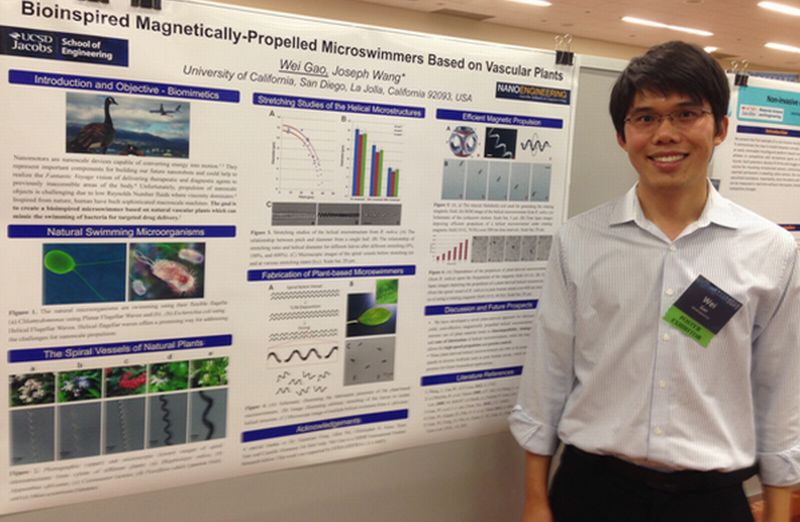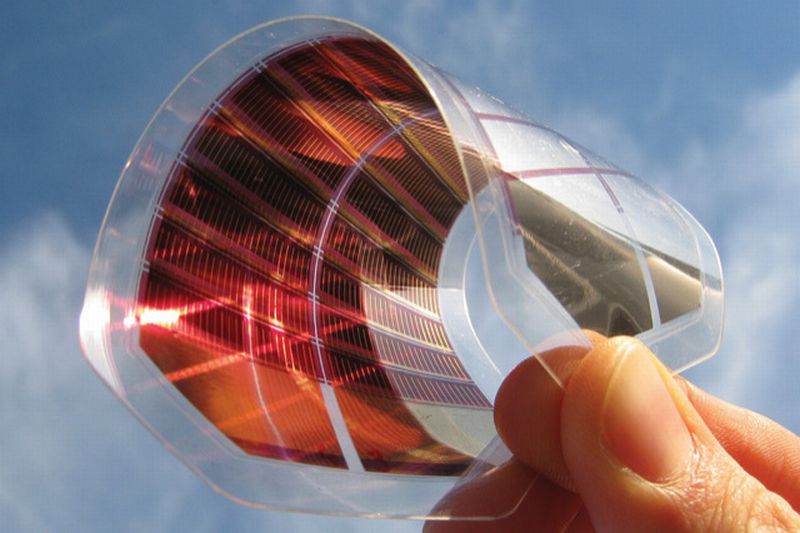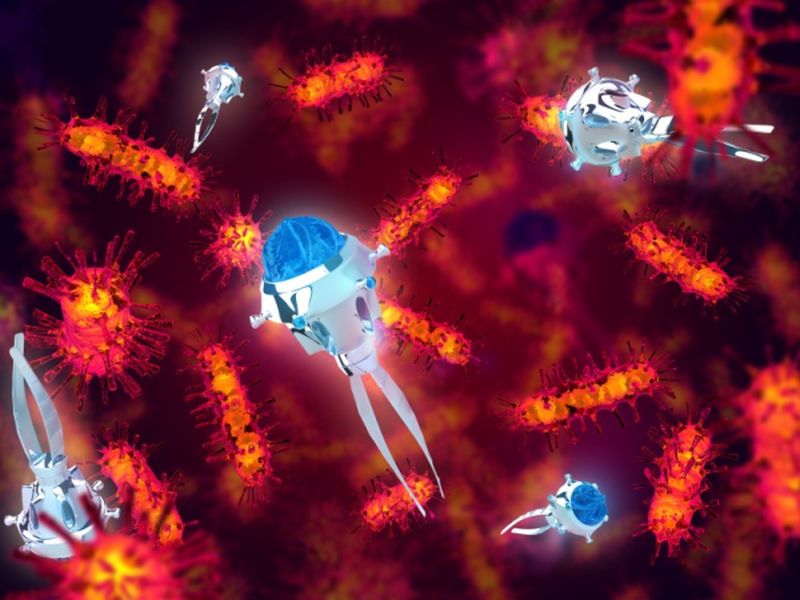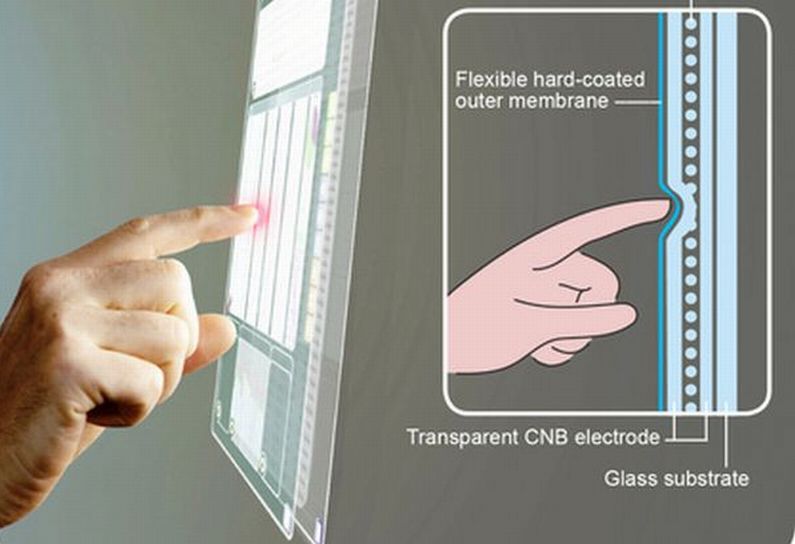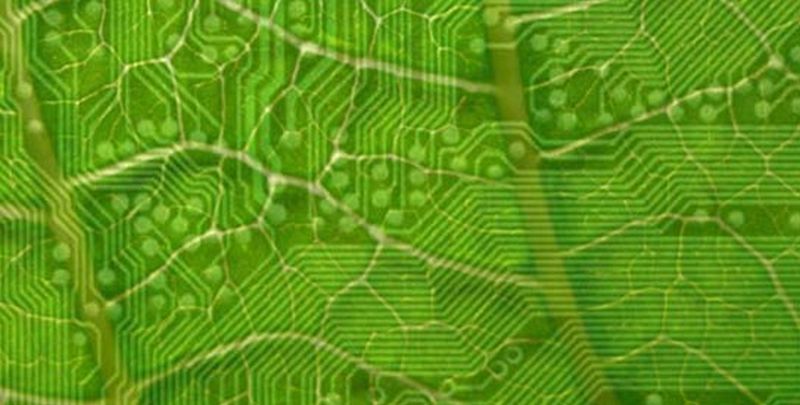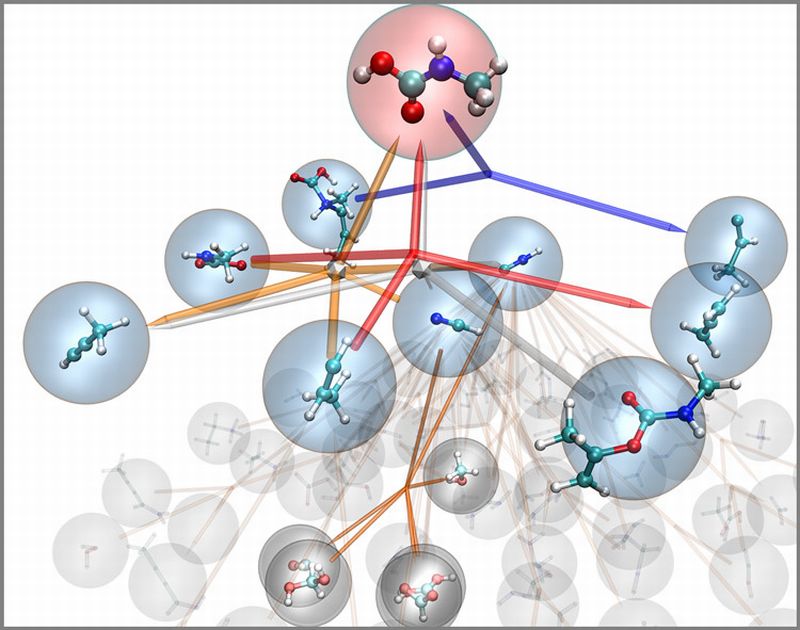Astronauts harnessed the microgravity environment at the International Space Station by developing an ‘exotic’ form of matter. We call it exotic because this form of matter has not been easily observed on earth – maybe due to gravity.
Read MoreTag: nanotechnology
Xenobot: AI is Pushing the Best Way to Construct Itself
Scientists at the University of Vermont, have created a new class of artifact, called xenobots. They have used frog’s stem cells to fabricate first living robots.
Read MorePlastic based Clothing that Cools the Wearer (w/Video): Nanoporous Polyethylene Textile
With summer getting more unbearable each year, scientists finally have come up with new clothing material that helps to keep the body cool naturally. Thus, reducing the need for air conditioners and saving considerable energy.
Read MoreMuscles Powered Biohybrid Devices: Robotics with Tissue Engineering
Let’s picture the word, “Robot”, immediately, we get a glimpse of self operating machines, with nuts-and-bolts as building blocks. These machines are permeating all sections of our society. Machine human relationship has crossed the realms of science fiction. In fact, machine learning has become one of the most interesting and sought-after science, sprouting artificial intelligence (AI).
Read MoreNon-Invasive Electric Tattoo for mapping Muscle Activity: Nanotech Tattoos
Scientists at Tel Aviv University (TAU) have fabricated an electronic tattoo that has the potential of recording muscle movements by mapping facial expressions.
Read MoreMicro fish to sense toxins & deliver drugs: 3D printed Nanobots
Nanoengineering experts at the University of California, San Diego, using advanced 3D printed technology have designed micro robots, named as micro fish. As the name suggests these tiny robots are fish shaped and can be used for various functions such as detoxification, sensing toxins and in surgeries assisted by micro robots.
Read MoreRocket that doesn’t require any Fuel: Graphene-powered Spacecraft
Amongst all the amazing properties of graphene, morphing light into action is best of all. Serendipitous discovery of the material had surfaced its remarkable properties like robustness along with high electric and head conduction in flat structure. Yongsheng Chen at Nankai University in Tianjin, China along with his team has been working on to see if the same effect could also be seen on the bigger lattice arrangements of carbon.
Read MoreGraphene-based Light Bulbs hitting stores soon: A new era of LED Technology
LED light technology has again hit the spotlight but this time it is due to the wonder material, graphene. Consumers would soon be using graphene-based light bulbs. It is assumed that the dimmable bulb would help in reducing energy costs by ten percent and might come with a longer shelf life relatively. Although, it is expected that the cost might remain the same as is the conventional LED.
Read MoreInterview: Wei Gao, Research Scientist at University of California, Berkeley and LBNL
It gives me immense pleasure to introduce today Dr. Wei Gao, research scientist at University of California, Berkeley and Lawrence Berkeley National Laboratory. His research areas include nanomaterials, flexible electronics, micro/nanomachines, nanorobotics, biosensors, electrochemistry, nanomedicine and MEMS. Dr. Gao has coauthored numerous scientific journals like: “Reversible Swarming and Separation of Self-propelled Chemically-Powered Nanomotors under Acoustic Fields” “Artificial Micromotors in the Mouse’s Stomach: A Step Towards In Vivo Use of Synthetic Motors” “Water-Driven Micromotors for Rapid Photocatalytic Degradation of Biological and Chemical Warfare Agents” “Self-propelled activated-carbon Janus micromotors for efficient water…
Read MoreElectronics to morph into Bendable Devices: Future of Wearable Gizmos
Scientists in South Korea are working towards creating spintronics based wearable devices. Spintronics also known as spin transport electronics is an emerging technology that exploits the basic intrinsic spin of the electron along with its associated magnetic moment and electronic charge. Based on this technology, the researchers have fabricated a thin film that has an ability of maintaining its electric as well as magnetic properties even when curled into a cylinder.
Read MoreNanoparticle Compound delivered directly into the Gut Tissue: Self-propelling Nanobots
Experts believe that micromachines or nanobots use in the field of medicine can change the way some of the medical conditions are diagnosed and treated. Using these nanobots, medical payload would be sent directly to the specific injury site. Until now the researchers have achieved to test such micromachines in cell samples under laboratory conditions.
Read MoreNanobuds based Bendable and Flexible Touch Sensor: Touch Screens to New Applications
A Finnish startup, Canatu, has come up with a touch sensor based on transparent films that are fabricated from carbon nanobuds (CNB). What’s interesting about the (CNB based) innovative sensors is that they can be adjusted and can be turned on any surface irrespective of its background shape. For instance, it could be applied on the touch controls of curved surface of automobile dashboard or any gaming consoles or play stations.
Read MoreAffordable Artificial Leaf to produce Clean Hydrogen Fuel: Nanowire Mesh for Direct Solar Water Splitting
Today nations across the world are trying to cut down their greenhouse gas emissions. Alternative energy sources are being tried and tested to replace non-renewable fuel sources and in this race, hydrogen fuel also known as zero emission fuel, definitely seems to have a promising future. Many automobile companies are doing R & D to come up with hydrogen fuel cell vehicles in the auto market. Unfortunately, availability of naturally occurring pure hydrogen on Earth is very limited and therefore, production of hydrogen gas requires tremendous energy. To overcome this…
Read MoreNanoreactor developed for Discovering New Chemical Reactions: Virtual Chemistry Set
In order to replicate ecosystem and chemical origin of life, Stanley Miller, under the supervision of Harold Urey, performed the breakthrough Urey-Miller experiment in 1952. The experiment initiated more than 20 major molecules that form the integral part of life. A team of researchers at Stanford believes that they can do one-step better.
Read MoreMagnetic Nanoparticle Pill will detect Cancer: Searching Bloodstream with Google
Giant web search engine, Google is expanding its business in different technological areas, investing in research program to develop driver-less cars, goggle glasses, contact lenses, delivery drones, robots, providing internet facilities via balloons to name a few. Now Google is expanding into the field of advance medicine. With an aim of developing nanoparticles that would be delivered in the form of a pill in aiding cancer detection and other ailments, the big G unveiled its latest project called the “Nanoparticle Platform.
Read More